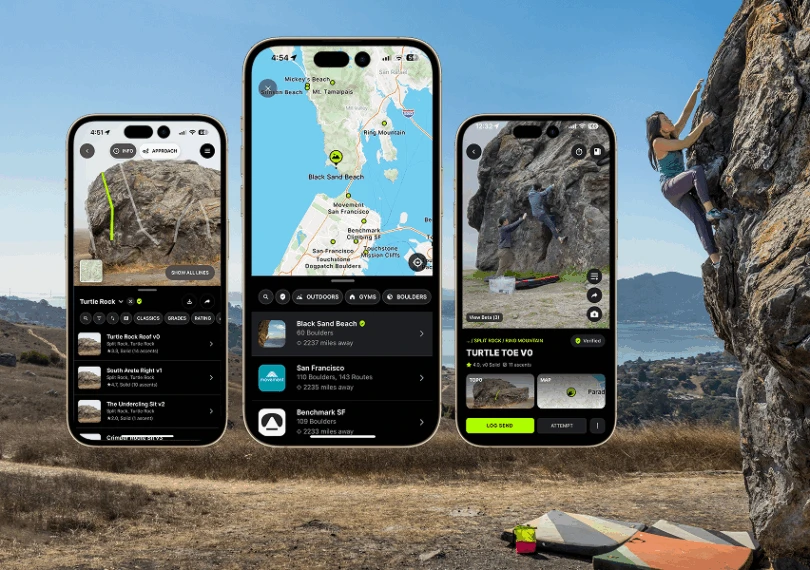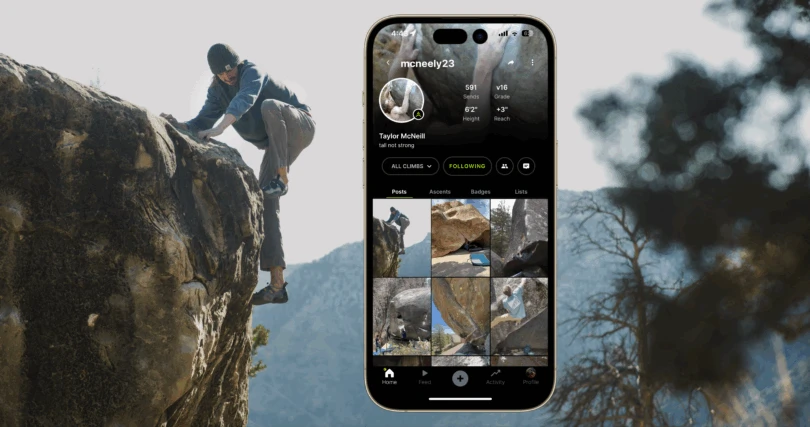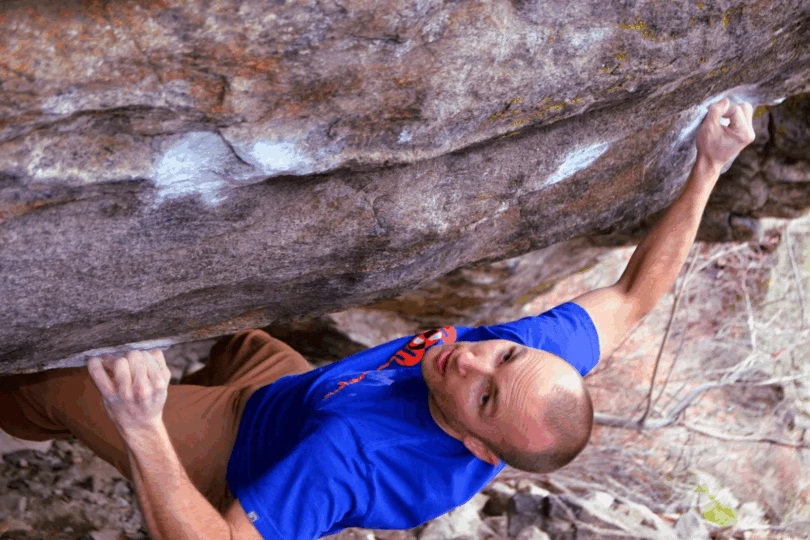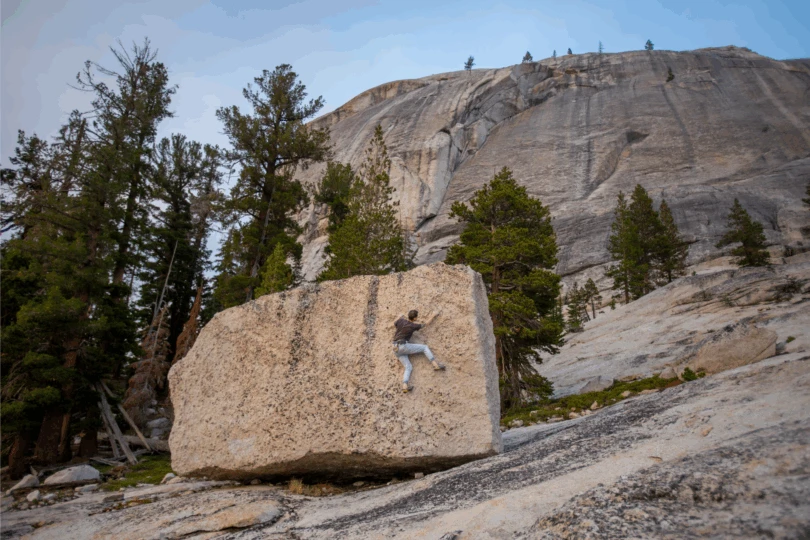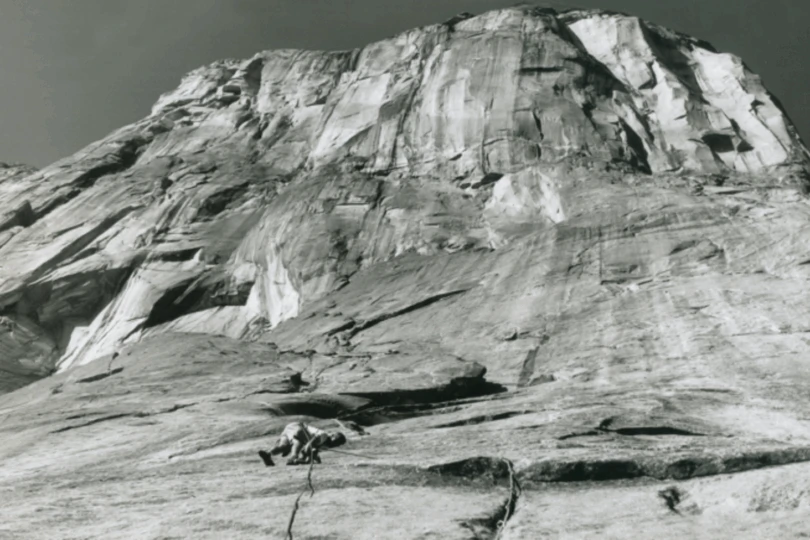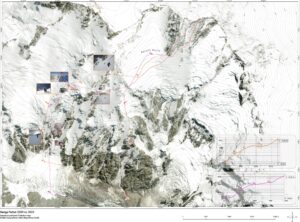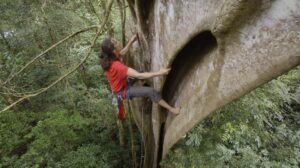BY MARY ANDINO
It takes a lot to stop me in my tracks while scrolling through Instagram. A few weeks ago, though, a post popped into my feed that did just that. A climber I hadn’t heard of before, David Lloyd, made a post accusing a popular app for digital climbing guidebooks, KAYA, of copying from his guidebook for a bouldering area in Wyoming. The app denied the accusations, but the post quickly exploded, with over 400 comments.
The scope of the debate ranged from KAYA and other guidebook authors speaking to their experiences to comments that could only be described as mudslinging. People blasted KAYA with comments like, “Dirty company at best. Watered down clones of hard, gritty years of work,” and they also critiqued Lloyd, saying, “You don’t own the folklore. Sit down.”
The subject quickly spawned its own post in the most popular climbing subreddit, r/climbing.
Why the fuss?
While of course I was curious about the veracity of these accusations, I was almost more drawn to the question of why this issue was so contentious, why it was sparking such strong reactions from the climbing community, a group that, in my experience, was all about stoke, encouragement, and pure love of the sport. I immediately knew that I wanted to bring nuance and understanding to this issue that had provoked such fierce tribalism.
To that end, I spoke with dozens of stakeholders, including guidebook authors, publishers, and local climbing organizations. I spoke with KAYA’s co-founder and CEO, as well as its marketing manager, in a 1-hour and 20-minute virtual meeting, and had several follow-up conversations with them via email.
No matter what side you stand on in this controversy, it’s clear that it’s not a case of black and white, but one entirely colored by shades of gray, and one that plays on decades-old tensions within the climbing community.
What is KAYA, anyway?
Founded in 2019, KAYA began as an app for climbing gyms, allowing users to log climbs and workouts. Over time, it expanded to include information on outdoor climbing areas. In 2022, it published its first digital guidebook to Joe’s Valley, a bouldering area in Utah.
According to its website, KAYA’s guidebooks offer “exact GPS locations, detailed navigation, comprehensive topos, and thousands of beta videos — all downloadable for offline use.” These guidebooks are only available with a KAYA PRO subscription, a service that costs $60 per year or $13 per month.
How KAYA gets its guides
When it comes to acquiring new digital guidebooks, KAYA CEO David Gurman and Marketing Manager Eric Jerome described their typical process as following a few key steps. First, they’ll reach out to the author of an existing print guidebook, if one exists.
They’ll also contact each area’s local climbing organization (LCO). These grassroots nonprofits manage trail maintenance, land access, and hardware replacement for climbers.
When it works, everybody wins
KAYA’s rocky relationships
Ethics: can’t beat ‘em, join ‘em?
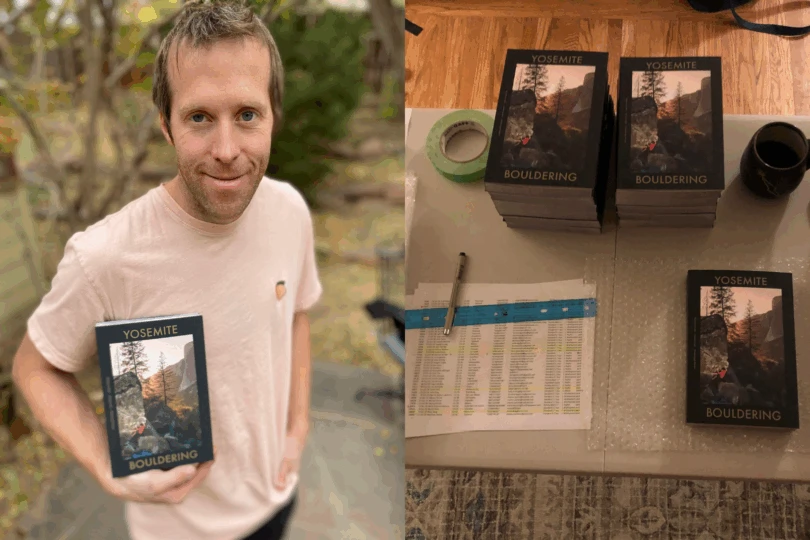
Co-author James Lucas with the Yosemite guidebook. The team works to mail out copies. Photos: James Lucas
More complaints
Impossibly fast growth
The tricky truth of access
Evolution of tradition
Tradition vs evolution
This story first appeared on GearJunkie.

